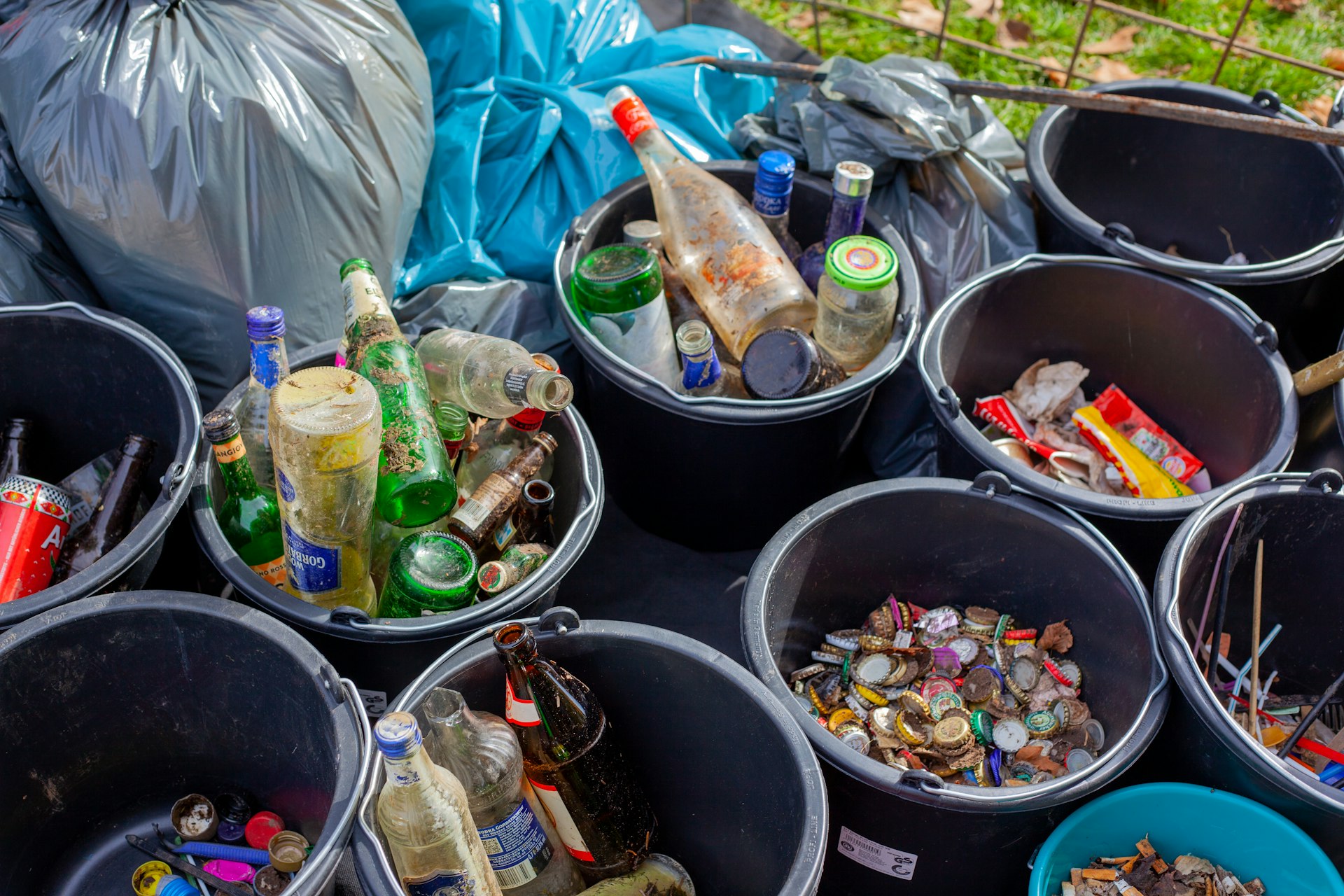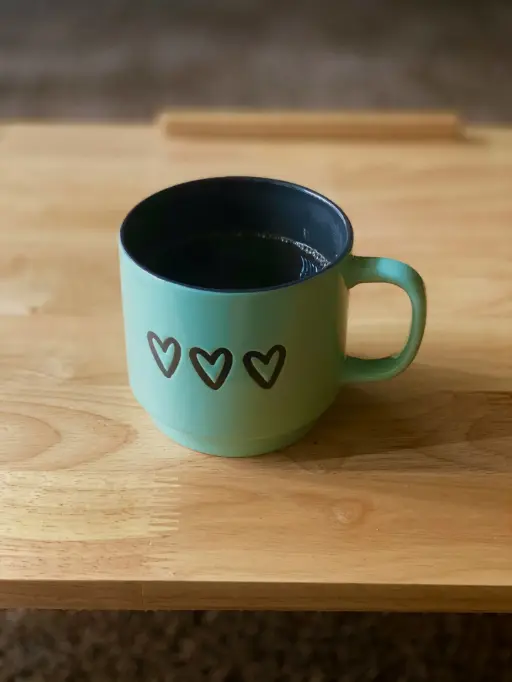Circularity is a key concept in the current discussion about sustainability and the environment. It's about creating economic systems in which products and materials are reused and recycled, leading to minimal waste. This approach contrasts with the traditional, linear economy, in which products are manufactured, used and ultimately discarded. In this blog we explore what exactly circularity means, why it is important and how it can be applied in both the business world and in our daily lives.
What is circularity?
Circularity in the economy refers to the development of production and consumption processes that are designed so that materials and products remain in use for as long as possible. This concept emphasizes the reuse, repair, renovation and recycling of existing materials and products. The aim is to extend the life cycle of products, reduce the demand for new raw materials and minimize waste.

The importance of circularity
The transition to a circular economy is crucial to meet the increasing demand for raw materials while limiting the impact on the environment. It helps combat problems such as climate change, resource pollution and waste management. Circularity also stimulates innovation and can stimulate economic growth by creating new business opportunities and using resources more efficiently.
Applications of circularity
- Product design: Designing products that are easy to repair, upgrade or recycle.
- Manufacturing processes: Implement methods that use fewer resources and use more recycled materials.
- Consumption patterns: Encouraging consumers to choose products that are sustainable and last longer.
- Waste management: Developing more efficient recycling and composting systems.
Read more:

Recycling, upcycling and downcycling: what is it?
In this blog, we'll take a closer look at what these terms mean, how they differ from each other, and the importance of each in the pursuit of a more sustainable world.
Different degrees of circularity
Within the concept of circularity, there are different degrees, which indicate the degree of sustainability and reuse of materials. These degrees vary from complete recycling, where materials retain their original quality, to more basic forms of reuse. At one end of the spectrum is 'closed-loop recycling', where materials such as glass and certain plastics are completely converted into new products of the same quality. A step down we find 'open-loop recycling', where materials are converted into lower quality products. We also have 'upcycling', where waste materials are transformed into products of higher value or quality. At the other end of the spectrum is 'downcycling', where materials are reused, but in a form that reduces their quality and functionality. Understanding these gradations helps companies and consumers develop more effective waste management and product design strategies, contributing to a more circular economy.
Conclusion
Circularity is not only an economic model, but also a necessary step towards a more sustainable future. It offers a path to an environmentally responsible and economically viable society, in which we manage our natural resources responsibly. By embracing circularity, we can contribute to a world where economic development goes hand in hand with environmental protection.
Do you need help importing from China?
Westwood Sourcing provides specialist support and expertise to make importing from China successful and efficient. Contact us today for more information!









